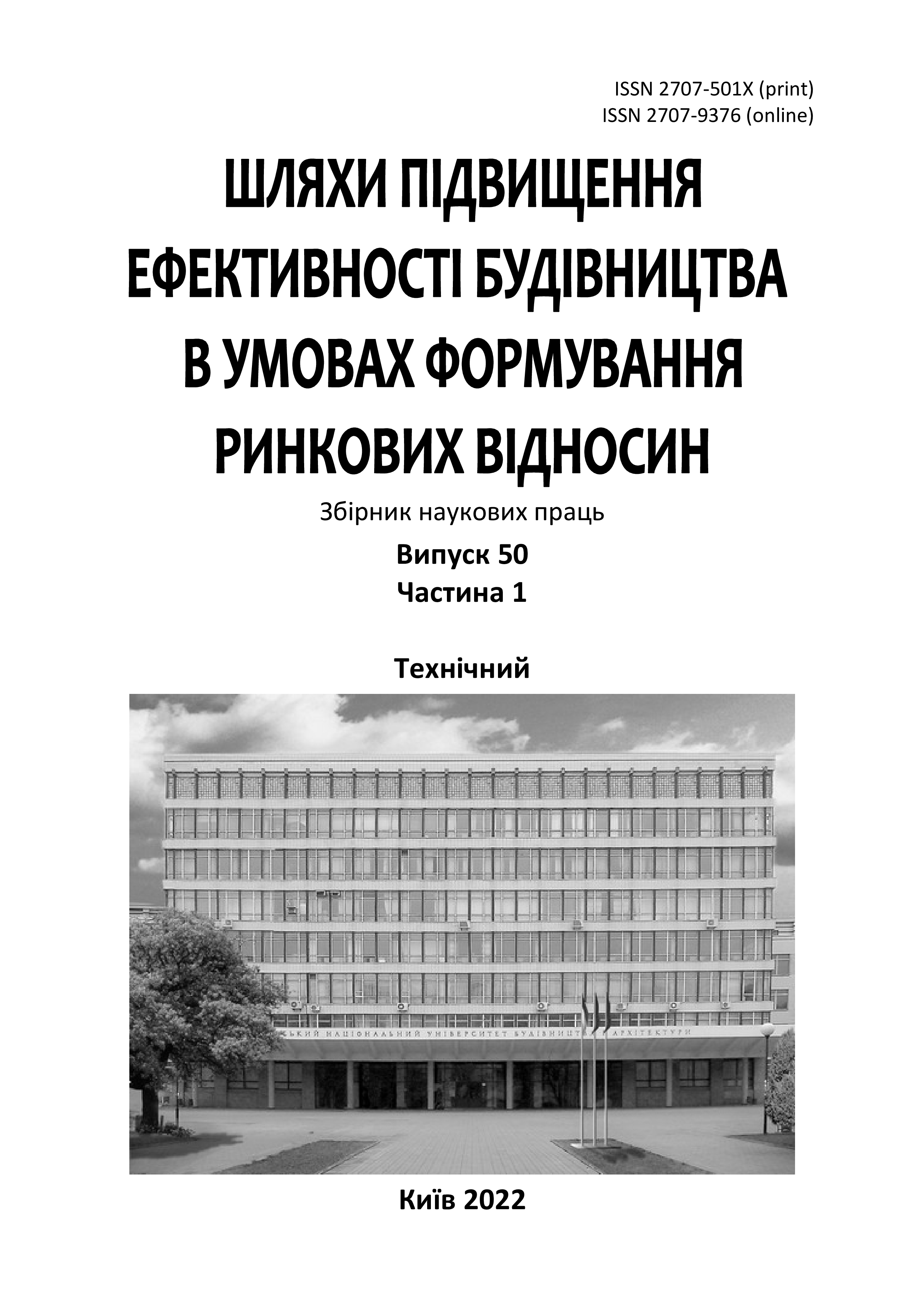Classification of greenhouses with flexible coating
DOI:
https://doi.org/10.32347/2707-501x.2022.50(1).125-136Keywords:
protected soil, greenhouses, film and polycarbonate coating, hangar greenhouses, block greenhouses, engineering and technological systems, heat absorption, construction technologyAbstract
The main types of modern greenhouses with a fence made of film (in one layer and double with an air layer) and polycarbonate are considered. Different methods of growing plants in natural and artificial substrates on trays, supports, and special tables are shown.
The elements of galvanized constructions of complete factory readiness differ in height, span, pitch of columns, number and position of elm blocks. The structural features of such buildings and structures make it possible to create many volume-planning solutions for the implementation of various agronomic technologies when growing vegetables and flowers, as well as meeting the needs of production and sanitary and household needs of workers.
Engineering and technological systems provide a comfortable micro-climate for plants at different times of the year. Passive ventilation is used (single and double butterfly type in the roof, in the side and end walls), as well as active with the possibility of air humidification
The concept of energy saving allows you to store (accumulate) heat in the tanks (systems) of boiler houses, including during operation of boiler houses in the summer to obtain carbon dioxide. In greenhouses, pipes are arranged in the underground space to preserve the energy of warm air in winter and cool the air in summer. Special methods of cleaning drainage drains allow you to save and reuse nutrients during drip irrigation of various plants.
The technology of building greenhouses involves the execution of works with sets of specialized machines, as well as universal machines with a set of interchangeable working bodies. For the mechanization of individual processes, special machines and mechanisms have been developed for welding of pipes, installation of foundations and elements of enclosing structures, etc.
References
Брызгалов В.А., Советкина В.Е., Савинова Н.И. Овощеводство защищенного грунта / Под ред. В.А. Брызгалова. – Л.: Колос, 1983. – 352 с.
Шишко Г.Г., Потапов В.А., Сулима Л.Т., Чебанов Л.С. Теплицы и тепличные хозяйства: Справочник. Под ред. Г.Г Шишко – К.: Урожай, 1993. – 424 с.
Чайковский А.И., Чебанов Л.С., Чебанов Т.Л., Береза В.Б. Технологические и конструктивные особенности стекляных теплиц // Овощеводство: Сб. научных трудов, Том 25. – РУП «Институт овощеводства НАН Беларуси». – Минск: 2017, С. 161-172.
Чебанов Т.Л., Рябощук Ю.А., Мальований В.Ю. Область раціонального застосування технології будівництва мобільних теплиць. Будівельне виробництво, 2017, № 62/1, С. 121-127.
Чебанов Т.Л. Технологія зведення швидко-збірних та розбірних плівкових теплиць: автореф. дис….канд. техн. наук: 05.23.08. К.: КНУБА, 2020, 21 с.
Державні будівельні норми України. Будинки і споруди Теплиці та парники. ДБН В.2.2-2-95. Київ, Держкоммістобудування і архітектури, 1995. 15 с.
EN 13031-1:2019/AC:2022.Greenhouses- Design and construction – Part 1: Commercial production greenhouses
Притула В.Г., Чебанов Т.Л.,Чебанов Л.С.,Береза В.Б..Романьков Д.О. О классификациитеплиц. Теплицы России, 2018, №1, С. 12-16.
Андреев А.М.. Секреты теплицы. М.: Эксмо, 2011. 224 с.
Индустриализация строительства тепличных комбинатов и овощефруктохранилищ/ П.Ф. Иваненко, И.С. Полисский, А.А. Руденко, Л.С. Чебанов. – К.: Урожай, 1989. – 120 с.
Downloads
Published
How to Cite
Issue
Section
License

This work is licensed under a Creative Commons Attribution 4.0 International License.
Authors who publish with this journal agree to the following terms:
- Authors retain copyright and grant the journal right of first publication with the work simultaneously licensed under a Creative Commons Attribution License that allows others to share the work with an acknowledgement of the work's authorship and initial publication in this journal.
- Authors are able to enter into separate, additional contractual arrangements for the non-exclusive distribution of the journal's published version of the work (e.g., post it to an institutional repository or publish it in a book), with an acknowledgement of its initial publication in this journal.
- Authors are permitted and encouraged to post their work online (e.g., in institutional repositories or on their website) prior to and during the submission process, as it can lead to productive exchanges, as well as earlier and greater citation of published work (See The Effect of Open Access).

